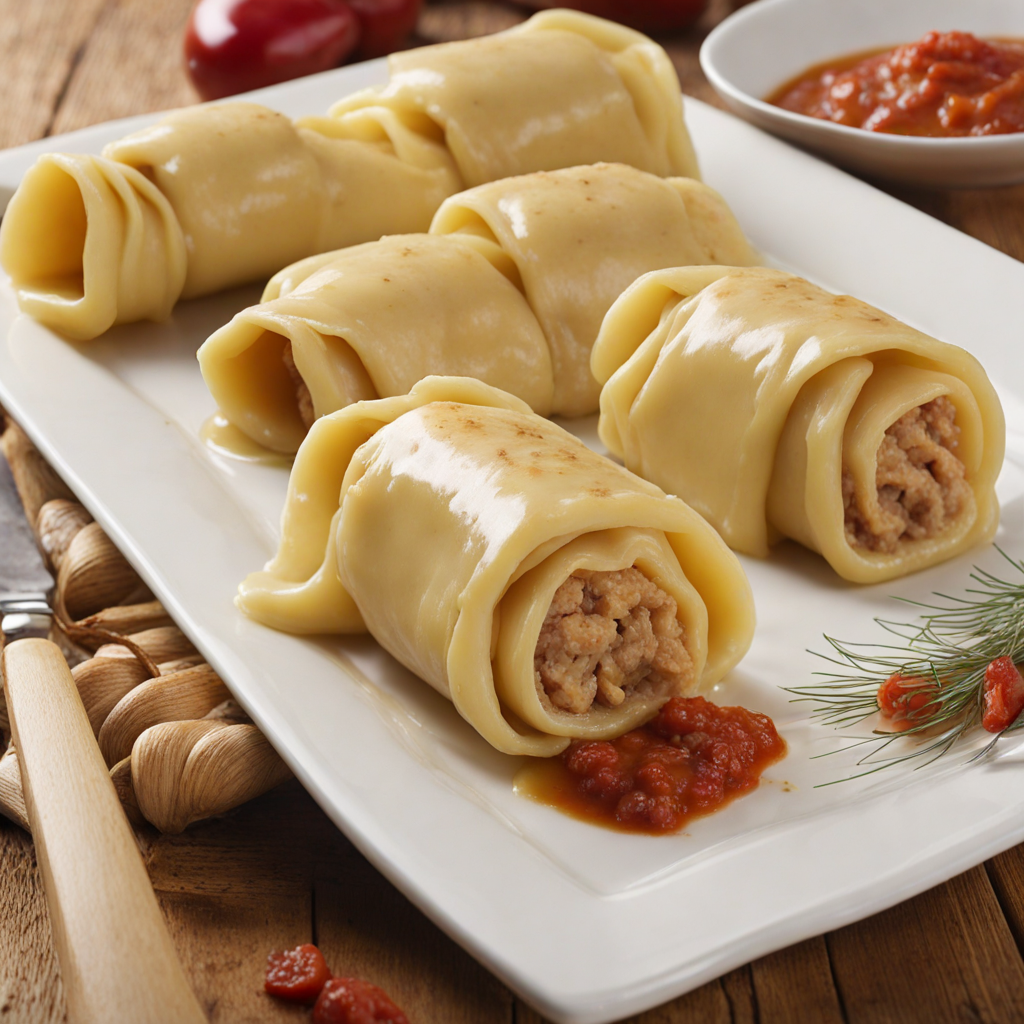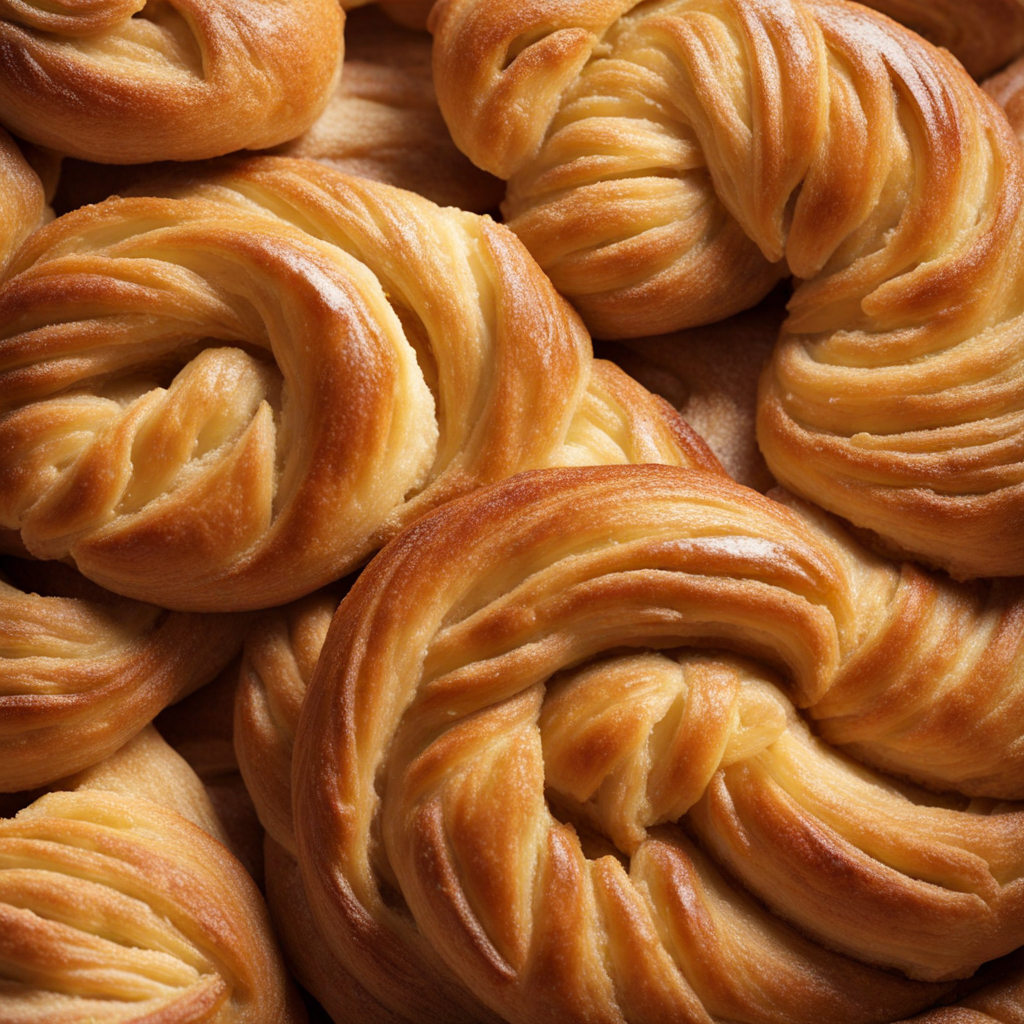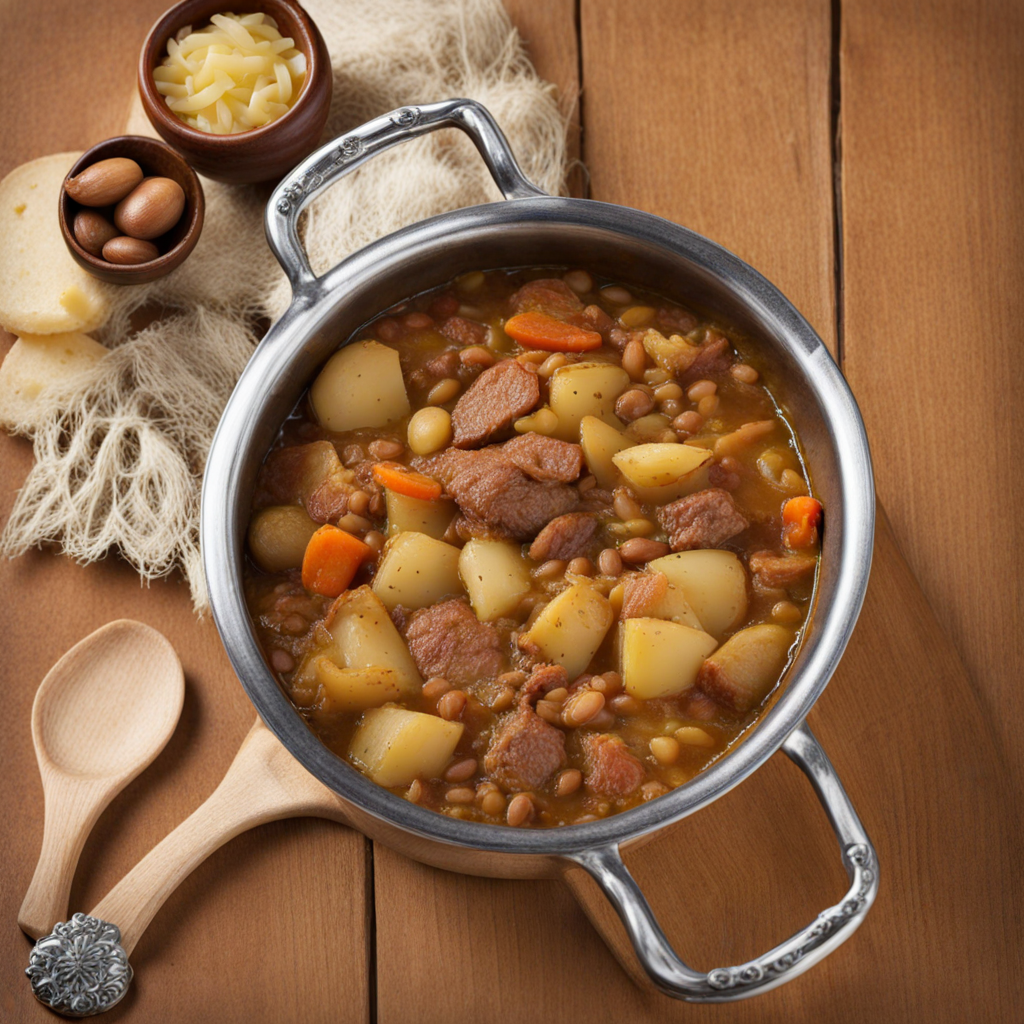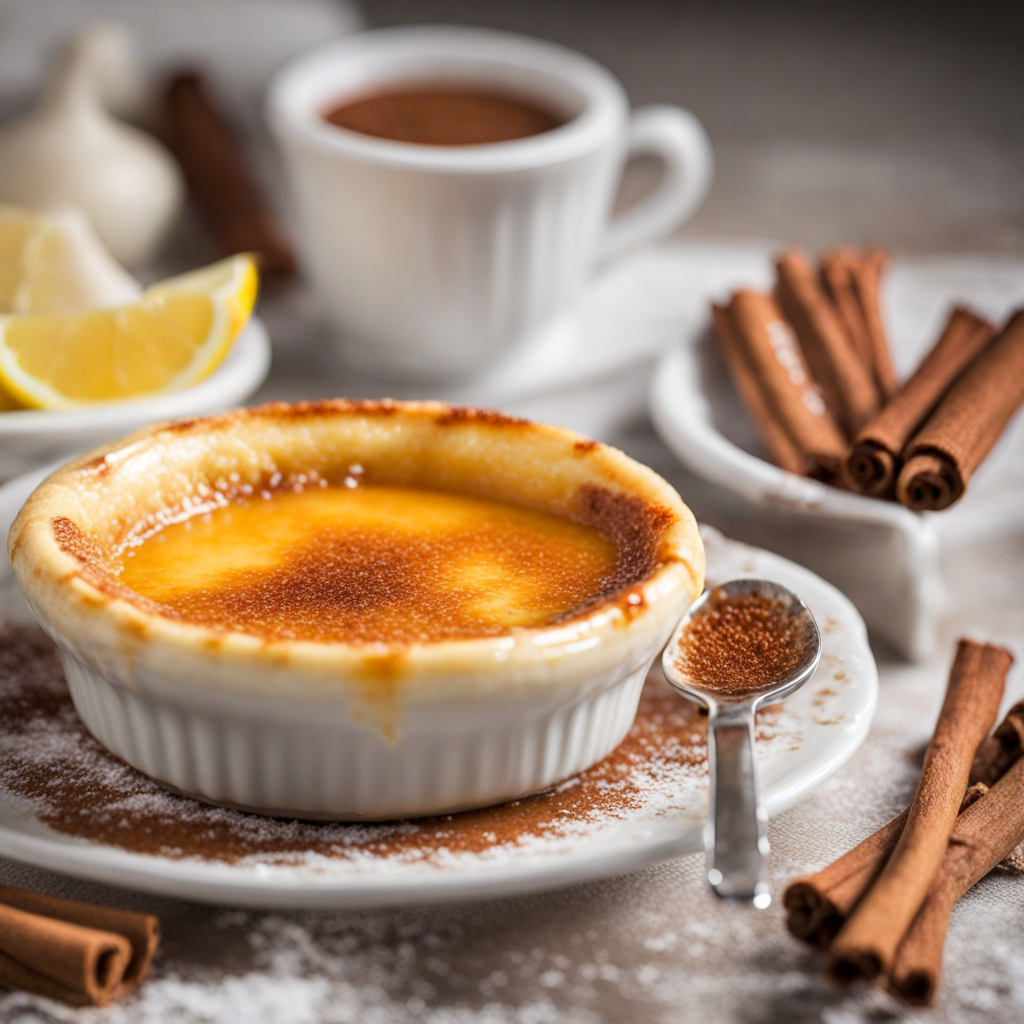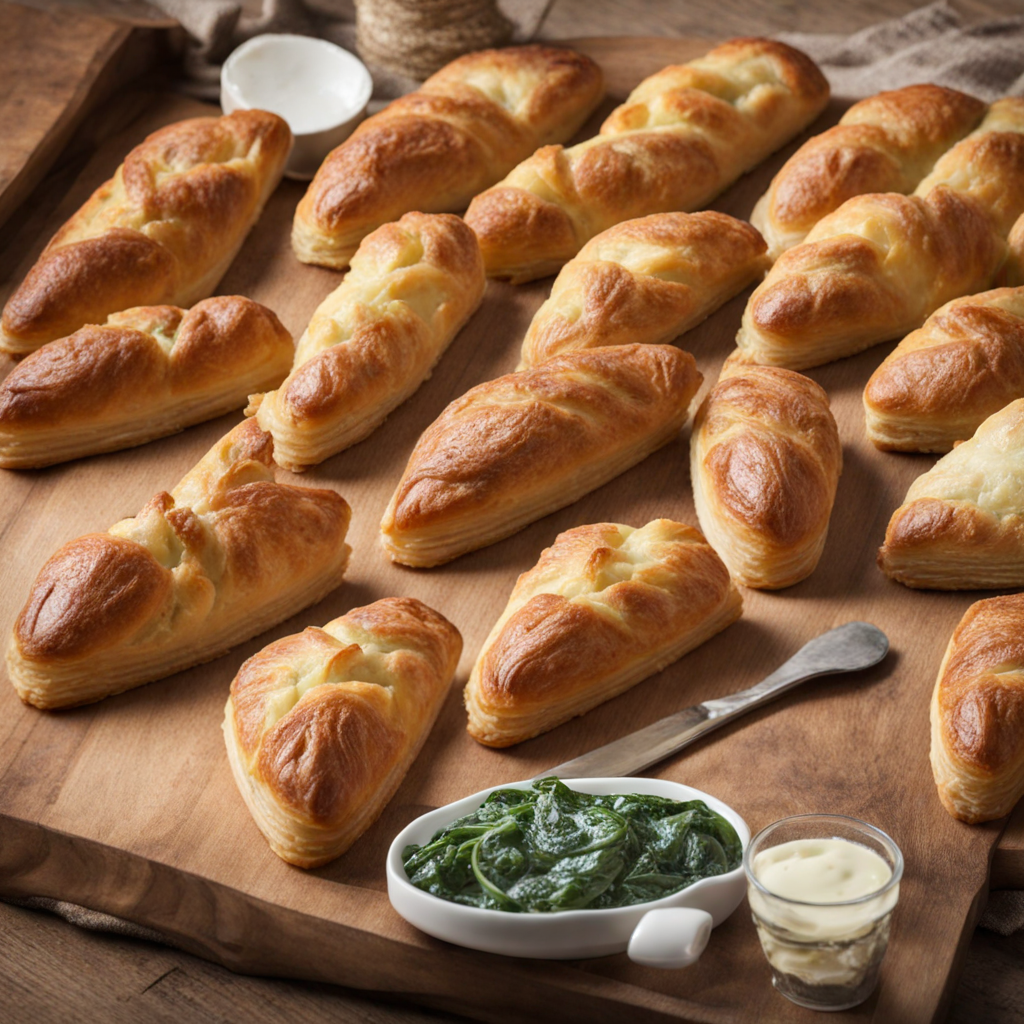Canelons
Canelons are a delightful culinary gem from Andorra, embodying the rich culinary traditions of the Pyrenees. These pasta tubes are traditionally stuffed with a savory filling, often made from slow-cooked meats, béchamel sauce, and an array of aromatic herbs and spices. The filling can vary, featuring ingredients such as tender beef, succulent pork, or even flavorful vegetables, all enveloped in a creamy, cheesy sauce that adds richness and depth to each bite. The use of local ingredients and time-honored cooking techniques makes canelons a true representation of Andorran comfort food.
How It Became This Dish
## The Engaging History of Canelons in Andorra Origin Canelons, or cannelloni as they are often referred to in Italian cuisine, have a rich history that is interwoven with the culinary traditions of the Mediterranean region. Although the dish is most commonly associated with Italy, particularly with the regions of Emilia-Romagna and Campania, its presence in Andorra carries a unique narrative that reflects the Principality's cultural tapestry. Nestled in the Pyrenees mountains between France and Spain, Andorra has historically been a crossroads of various cultures, and this diversity is vividly represented in its culinary repertoire. The origins of canelons in Andorra can be traced back to the late 19th century, when Italian immigrants began settling in the region. As they sought to integrate into Andorran society, these immigrants brought with them their culinary traditions, including the concept of stuffed pasta. The dish's simplicity and versatility quickly appealed to the local population, who began to adapt it to their own tastes and available ingredients. Cultural Significance Canelons hold a special place in Andorran culture, particularly as a dish enjoyed during festive occasions and family gatherings. In Andorra, the traditional preparation of canelons became closely associated with the celebrations of Saint Stephen’s Day, which falls on December 26th. On this day, families would traditionally prepare canelons using the leftover meats from the Christmas feast, transforming what could have been waste into a delicious and satisfying meal. This practice not only highlights the resourcefulness of Andorran cooks but also symbolizes the importance of family and community in Andorran culture. The preparation of canelons is often a communal activity, with families gathering together to share recipes, stories, and laughter. This tradition reinforces social bonds and allows for the transmission of culinary knowledge from one generation to the next. As such, canelons are more than just a dish; they are a culinary emblem of Andorran identity, reflecting the blending of cultural influences and the importance of family ties. Development Over Time Over the years, canelons have evolved in Andorra, adapting to the changing tastes and lifestyles of its inhabitants. Initially, the dish was made with simple ingredients such as pasta, meat, and béchamel sauce. However, as the late 20th century brought greater access to diverse ingredients and international culinary influences, the traditional recipe began to see variations. Today, while the classic version of canelons still holds its rightful place in Andorran kitchens, chefs and home cooks alike have embraced creativity in their preparations. While the original dish typically featured a filling of beef or pork, modern adaptations might include a variety of fillings, from chicken and spinach to seafood or even vegetarian options. The béchamel sauce has also been subject to experimentation, with some cooks opting for tomato-based sauces or even spicy salsas that reflect contemporary tastes. Additionally, the rise of gastronomy as an art form has led to a renewed interest in traditional dishes, including canelons. Chefs in upscale restaurants and culinary schools have taken it upon themselves to elevate the dish, incorporating gourmet ingredients and innovative techniques while still paying homage to its roots. This modern twist has allowed canelons to maintain their relevance in a rapidly changing culinary landscape. Ingredients and Preparation The traditional Andorran canelons are typically made with large pasta tubes that are filled with a mixture of leftover meats, béchamel sauce, and grated cheese. The filling usually consists of slow-cooked meats that have been finely shredded, often combined with béchamel sauce, sautéed vegetables, and spices to enhance the flavor. The filled tubes are then topped with more béchamel sauce and cheese before being baked until golden and bubbly. The ingredients used for canelons often reflect the local produce and meats available in Andorra. The mountainous terrain provides access to high-quality dairy products, such as cheese and cream, which are essential for the béchamel sauce. Additionally, the practice of hunting in the region means that game meats can also find their way into canelon fillings, adding a distinctive flavor that is unique to Andorran cuisine. Conclusion Canelons represent more than just a culinary dish in Andorra; they embody the essence of the country's history, culture, and community values. From their origins as a practical solution for utilizing leftover meats to their status as a beloved festive meal, canelons have evolved while remaining deeply rooted in tradition. The dish serves as a reminder of Andorra’s rich cultural heritage, shaped by the convergence of various influences over centuries. As Andorra continues to embrace its identity within the broader European context, canelons will likely remain a cherished symbol of its culinary landscape. Whether enjoyed at a family gathering during the winter holidays or served in a modern restaurant, this dish is a testament to the enduring legacy of Andorran gastronomy—a delicious celebration of history, culture, and the communal spirit that defines this small but vibrant Principality.
You may like
Discover local flavors from Andorra


